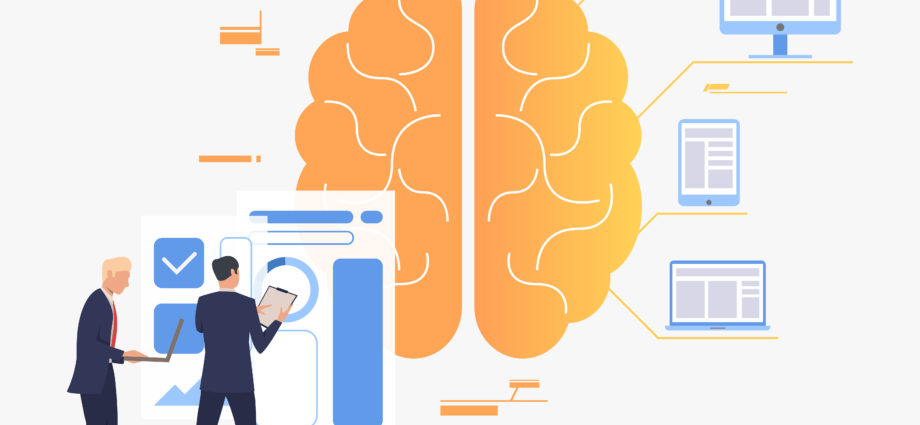Competition is an age-old dynamic that motivates humans to improve and exceed their competitors, from horse races and fencing tournaments to playground activities and professional sports.
Business competition is no exception, and it may make or break your company. While it might be unsettling and frightening to see another firm profit from your company’s flaws, competition can also force your company to develop into a better version of its own.
What is Competitive Intelligence?
Competitive intelligence solutions aren’t simply a nice-to-have; it’s a must-have.
So, what precisely is it?
Competitive intelligence services are about developing an informed, consumer- and market-driven awareness of your brand’s position in the bigger category and a profound grasp of your audience, so you can be tuned to dialogues between influencers and critics before they become viral.
It enables companies to gain a more comprehensive picture of emerging market trends and provide an effective solution that matters before competitors do – or even after competitors attempt and fail.
How can you get a competitive advantage to drive your company forward?
Rather than embarking on a wild goose chase for information, systematically identify the finest competitive intelligence sources to construct rival profiles. You may begin your competitive analysis after knowing who your competitors are and plan your strategy accordingly.
Here are five competitive advantage sources to consider for strategic planning.
Competitor Website:
Your website serves as a portal to the rest of the world. It goes without saying that looking at a competitor’s website may provide you with a lot of information about how they operate.
Websites may reveal a lot about a company’s marketing tactics and provide information about its goods, management team, and geographic presence. Press releases, for example, will offer the most recent corporate news, such as market growth, collaboration announcements, and product improvements.
Using Google Analytics to analyze their website content and user experience gives you information about their placement, traffic, keywords, and search ranking. Job descriptions on their career’s website might provide you with a behind-the-scenes look at current initiatives, investment areas, and organizational structure.
Social Media:
Social networking sites and online forums are rich mines for customer and competitor data. Analyzing social media interactions can show how your brand stacks up against the competition regarding consumer sentiment and share-of-voice, which may help shape your marketing strategy.
Honest, unvarnished comments on your opponents’ products and services might provide insight into your own. These revelations may then be used in your product and marketing tactics.
Tracking your competitor’s social networks may also keep you up to date on their latest updates, such as events they are supporting or participating in, partnerships, and advertising.
Syndicated Reports:
Syndicated research papers are beneficial for discovering industry benchmarks and best practices. They give valuable data on anything from market figures to trends, growth estimates, to business profiles in various industries.
This provides a better understanding of your competitive marketplace by offering an overview of your target market, including the top competitors in your sector, how they distinguish themselves, and how their solutions correspond to market demands.
Primary Research:
Primary research, such as polls, interviews, or mystery shopping, may provide specific knowledge about a company’s competitors.
Primary data obtained from suppliers, distributors, consumers, and even companies’ thought leaders might provide insight into competitor products and services that aren’t widely available.
Primary data helps you evaluate buyer behavior toward your items against your competitors, allowing you to fine-tune your marketing plan to meet changing client demands.
Annual Reports:
Annual reports are a trustworthy source of information for a company. It includes revenue, employee numbers, history, the company’s growth plans, investors, subsidiaries, etc. They provide you with a complete picture of your competitor’s activity and also their financial condition.
You may also read : Prescriptive Analytics- The Future of Data Analytics
Summing up…
The key to recognizing strategic prospects for corporate growth is to have constant, timely, and accurate competition intelligence. However, converting competitive information into usable insight necessitates a high level of domain and analytical knowledge.
That’s why you should get in touch with a competitive intelligence firm like SG Analytics right away to transform competition data into actionable strategy.

